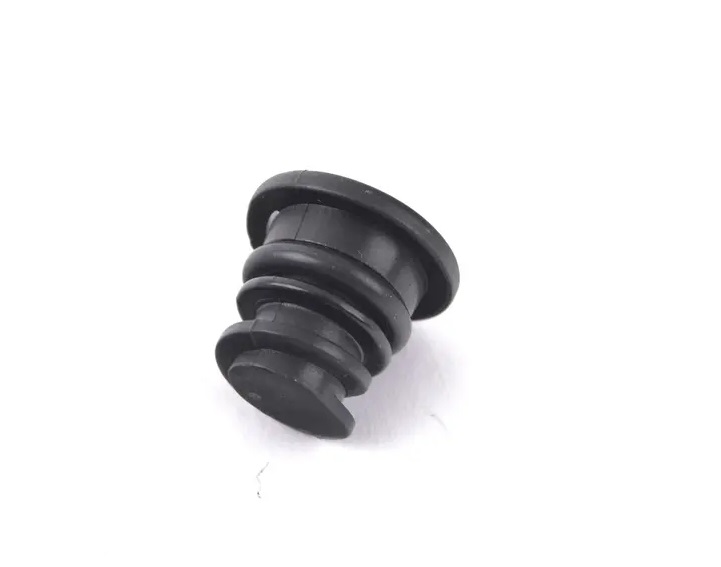rack and pinion seals
Understanding Rack and Pinion Seals Functionality and Importance
Rack and pinion systems are essential mechanical components used in various applications, primarily in steering mechanisms of vehicles, as well as in manufacturing machinery and robotics. These systems convert rotational motion into linear motion, facilitating efficient movement and control. However, the performance of rack and pinion systems heavily relies on the quality and integrity of their seals.
What are Rack and Pinion Seals?
Rack and pinion seals are specialized sealing elements designed to prevent fluid leakage and contamination in the interface between the rack and the pinion gear. The rack is a linear component that translates the circular motion of the pinion into linear motion, which is crucial for steering and actuation in various applications. The seals ensure that the lubricants used in the system remain contained, while also keeping out dirt, debris, and moisture that could lead to wear, corrosion, and system failure.
Importance of Rack and Pinion Seals
1. Preventing Leakage One of the primary functions of these seals is to prevent hydraulic or lubricant leaks. In steering systems, for instance, any loss of fluid can lead to reduced performance and potential safety hazards. Well-engineered seals maintain the necessary pressure and ensure optimal functionality.
2. Protection Against Contaminants The operating environment of rack and pinion systems can often be harsh. Dust, dirt, and moisture are prevalent, and without effective sealing, these contaminants can enter the system. Seals act as barriers, protecting the gears from premature wear and catastrophic failure.
rack and pinion seals

3. Enhancing Longevity By keeping the lubricant contained and contaminants at bay, rack and pinion seals significantly enhance the lifespan of the system. The reduction in wear and tear results in less frequent maintenance and replacement, ultimately saving time and costs for operators.
4. Improving Performance Efficient sealing contributes to smoother operation. When seals are functioning correctly, the friction between the rack and pinion can be minimized. This results in better responsiveness and precision of movement, crucial for applications that require high levels of accuracy.
Types of Seals Used
Several types of seals are utilized in rack and pinion systems, including O-rings, lip seals, and complete seal assemblies. The choice of seal depends on various factors, including the application environment, required pressure ratings, and the type of lubricant used.
Advancements in material science have led to the development of seals that can withstand extreme temperatures and pressures, further enhancing the performance and durability of rack and pinion systems.
Conclusion
In summary, rack and pinion seals play a critical role in the functionality and reliability of many mechanical systems. Their ability to prevent leaks, protect against contaminants, enhance longevity, and improve overall performance makes them indispensable in various applications. As technology continues to advance, the evolution of seal design and materials will likely further revolutionize the efficiency of rack and pinion systems, paving the way for safer and more reliable mechanical operations across diverse industries.
-
Simplifying Oil Changes: A Comprehensive Guide to Oil Drain Plugs and Their Variants
News Aug.04,2025
-
Mastering Oil Drain Maintenance: Solutions for Stripped, Worn, and Upgraded Oil Plugs
News Aug.04,2025
-
Fixing Oil Pan Plug Issues: Leaks, Stripped Nuts, and the Right Replacement Solutions
News Aug.04,2025
-
Everything You Need to Know About Oil Drain Plugs: Sizes, Fixes, and Upgrades
News Aug.04,2025
-
Choosing the Right Oil Drain Plug: A Guide to Sizes, Materials, and Drain Innovations
News Aug.04,2025
-
A Complete Guide to Automotive Drain Plugs: Types, Problems, and Innovative Solutions
News Aug.04,2025
-
The Ultimate Guide to Car Repair Kits: Tools and Essentials Every Driver Should Own
News Aug.01,2025
Products categories















